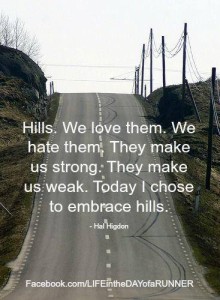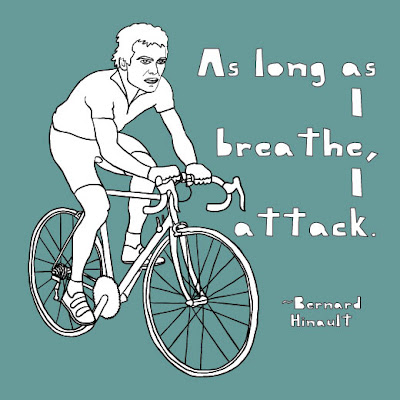 How to Breathe While Cycling – Test
How to Breathe While Cycling – Test
Take a quick test on how to breathe while cycling. Look down and take a deep breath. Did your chest raise like superman and tummy stay relatively flat? Great. Like I said… You don’t know how to breathe properly!
Millions of breaths a year and you think we would have it down. Generally due to stress, the vast majority of us tend to breathe with our chest, as if we are the wolf in the three little pigs trying to blow the house down. This is not the most effective or efficient way to fill the lungs, nor is it the way we were designed to breathe.
How to Breathe While Cycling
Your diaphragm (a muscle below the lungs) should move downward and help expand your lungs to bring air into them. Focus on filling the bottom 1/3 of your lungs first by using your belly to breathe rather than your chest. The result should be your tummy blowing up like a balloon first, and then the rib cage expanding second. (not the other way around like superman or the big bad wolf). The exhale should be similar, you should be contracting your abdomen to expel the air in your lungs.
Why it is Important to Breathe Properly While Cycling
- Breathing properly while cycling will help deliver more oxygen to muscle tissue.
- If you are a chest breather you will tire more quickly than a deep belly breather because you are not allowing yourself to inhale enough oxygen or exhale sufficient carbon dioxide.
- Delivers more oxygen to the brain
- Helps maintain the acid/base balance in the body by increasing oxygen flow and decreasing carbon dioxide (carbon dioxide increases acidity levels and larger quantities are created during exercise)
Things that Can Prevent Proper Breathing While Cycling
The most common problem is your position on the bike. I remember wanting to get in a very aerodynamic position, and as a result, I sacrificed my breathing and comfort. In the end I sacrificed speed by not being able to breathe properly. The aggressive position lowered the oxygen getting to the muscles resulting in a lower power output. Closing your hip angle too much and not allowing space for your diaphragm to move down in order to breathe in will ultimately result in fatiguing quicker and slower cycling.
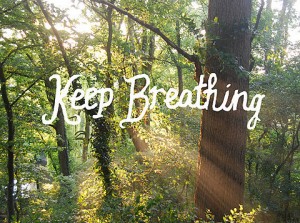 Great Examples of Breathing Properly
Great Examples of Breathing Properly
Interestingly enough, if you would like a great example of how to breathe properly then you should watch an infant breathe. Infants use their diaphragm to breathe deeply and fully… maybe that is why they all have potbellies.
Unfortunately, adults are prone to stress which causes the diaphragm to tighten resulting in shallow chest breathing.
Another example would be to watch some pros on TV. Some look like they are growing gut! (Some are growing a tiny ponch while others are implementing this breathing technique.)
If you would like to learn more about breathing properly you can purchase: Breathe Strong Perform Better
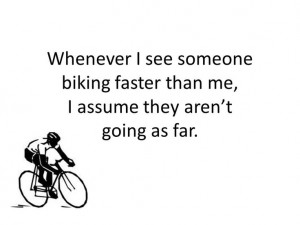 The oversimplified, Coles Notes version… muscles use glucose as energy in two ways, aerobically with oxygen and anaerobically without oxygen. Both aerobic and anaerobic produce energy stores called ATP which is used to make your muscles contract, heart pump and other physiological process to keep us alive.
The oversimplified, Coles Notes version… muscles use glucose as energy in two ways, aerobically with oxygen and anaerobically without oxygen. Both aerobic and anaerobic produce energy stores called ATP which is used to make your muscles contract, heart pump and other physiological process to keep us alive.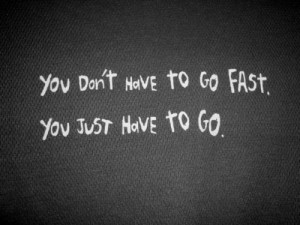
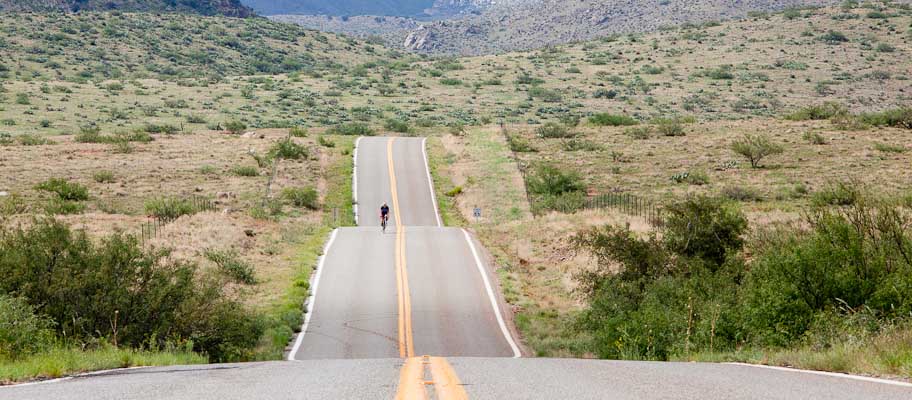
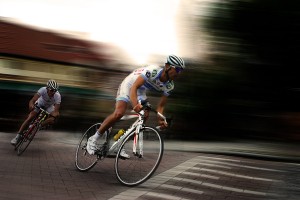
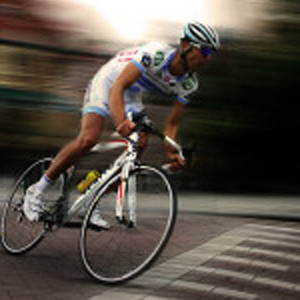
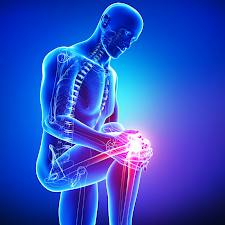
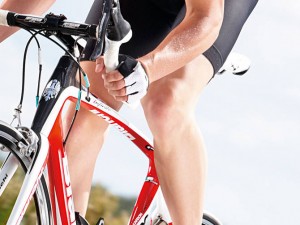
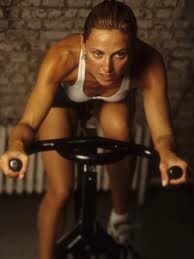 I used to show up to an event with just enough time to put my helmet and shoe’s on and get to the start line before the gun went off. (I Love my bed) Then I learned how important a proper cycling warm up actually was!
I used to show up to an event with just enough time to put my helmet and shoe’s on and get to the start line before the gun went off. (I Love my bed) Then I learned how important a proper cycling warm up actually was!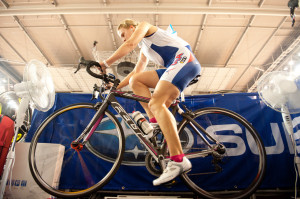
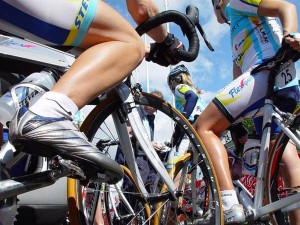 I went to a professional bike fitting and was surprised that one of the first questions that was asked was related to my cleat position:
I went to a professional bike fitting and was surprised that one of the first questions that was asked was related to my cleat position: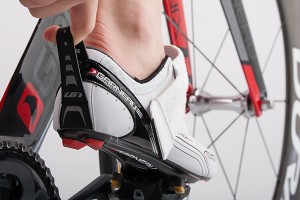 Steve Hogg, a world-renowned expert on bike fitting, recommends the following cleat positions:
Steve Hogg, a world-renowned expert on bike fitting, recommends the following cleat positions: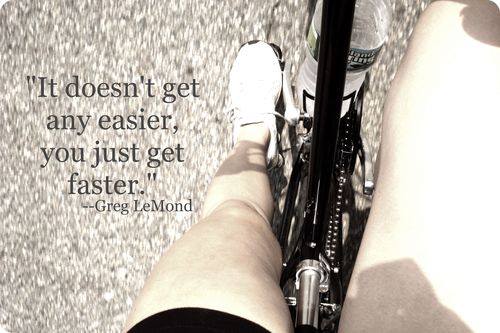
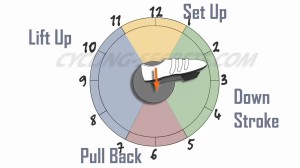 Doesn’t everyone pedal in a circle? No, they actually do not!
Doesn’t everyone pedal in a circle? No, they actually do not!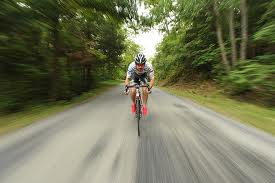 There are several ways to improve your pedaling technique.
There are several ways to improve your pedaling technique.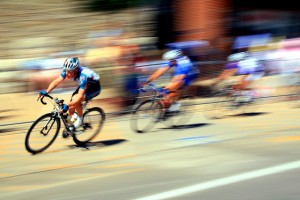
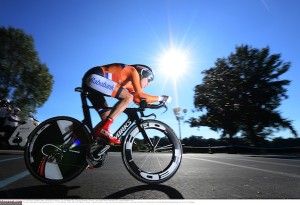 What is the suggested cadence?
What is the suggested cadence?